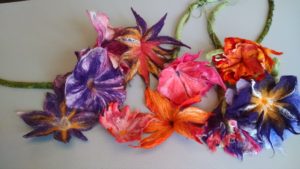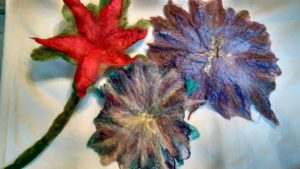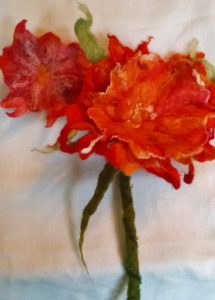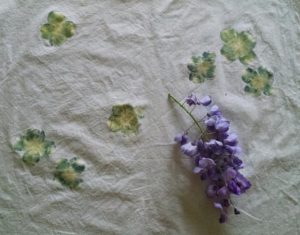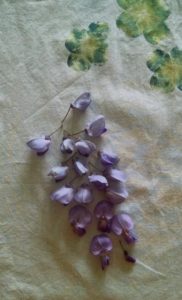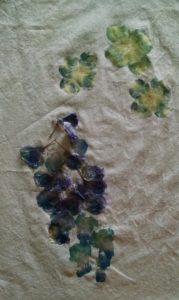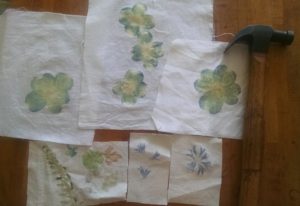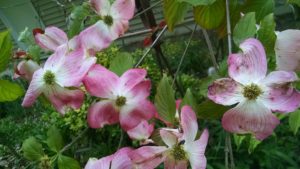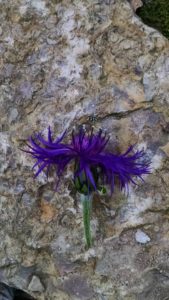Each season out here has its own particular charms that intrigue me. Right now, it is being able to see the gentle rolling of the land without piles of wild brush and lushly leafed trees hiding the topographical details. The branches of the same trees are wrapped with feathery blue-gray lichens, unnoticed in the spring and summer months. When the cold winds whip through the valleys, I stay in and stitch the summer flowers to keep warm thoughts of the growing season in my mind.

There are certain points along the property where I live that I visit frequently to note changes as the season roll through the year. At the end of my long driveway is one of those points. Across the road is a neglected cow pasture that fills out in summer with a riot of wildflowers: soft purple chicory, Queen Anne’s Lace, blaze orange butterfly weed, mullein reaching to the sky, jewelweed, and sometimes a bright red Canadian Lily.

Later in the season, iron weed, Joe Pye weed, goldenrods and asters take over with a different palette of colors and textures. I have already made several felted and stitched portraits of the fence row, and more are in the works.
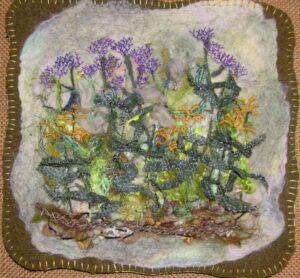
I don’t know if I will ever tire of stitching these roadside meadows. So many people speed past them, in a hurry to get somewhere, and they never notice the flower show to the side. It doesn’t show up on their GPS.
